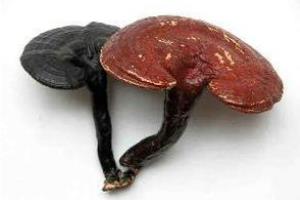A complete Collection of Culture methods of Orchid
Many florists like orchids, but do not know how to raise orchids. Let's introduce the cultivation methods of orchids in detail.
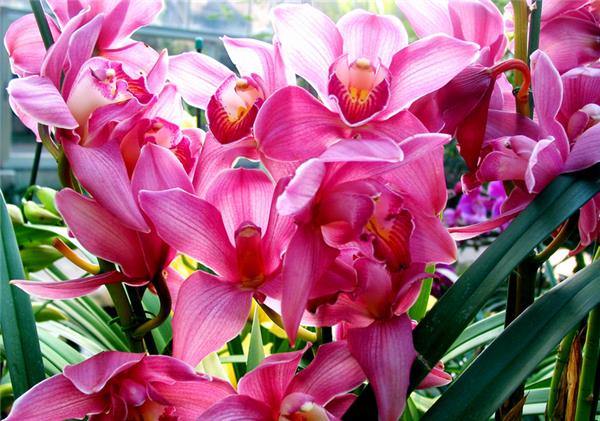
Culture methods of Orchid
1. Soil selection:
Orchids can be planted with black mud, peat soil, pastoral soil, pine soil, moss fresh, fern root, bark and so on. The bottom of the basin is covered with tiles, then covered with a layer of broken brick and stone, with a thickness of 1/4 of the depth of the basin to enhance air permeability and drainage, and then spread a layer of culture soil. Plant the orchid, fill the culture soil, and cover the bulb. The soil should be compacted, and the soil should not be filled 2 meters away from Yikou, which is easy to water. After planting, pour enough water and place it in a cool shade. Half a month later, it was moved to a sunny and ventilated environment. In order to increase beauty and moisturizing power, the basin can be covered with a layer of small broken white stone.
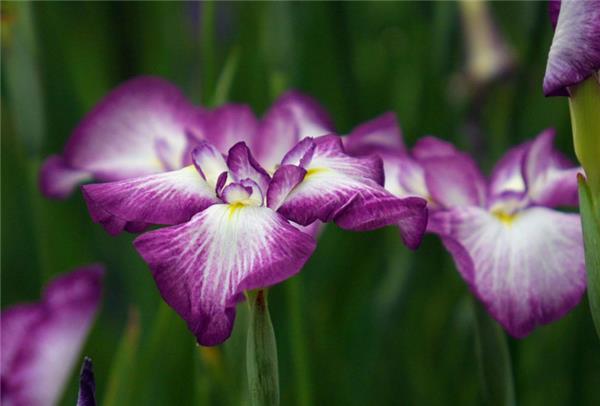
2. Light and moisture:
There are four precepts in raising orchids: "spring does not come out, summer does not come out, autumn is not dry, and winter is not wet." If the temperature is unstable in spring, it is easy to get cold when you leave the house early. It is safer to check out in early April. Summer should be placed in the shade to avoid direct sunlight and take scattered light to nurture. Autumn is the orchid sprouting period, to maintain the corresponding humidity, avoid drying, orchid root is fleshy, dormant in winter does not need much water, basin soil is wet, do not water too much, so as not to sprout root and leaf diseases.
3. Fertilization:
Fat should be thin and thick: in the growing period, it should be poured with rotten bean cake water and horseshoe sauce residue water every half a month. The effect is better if an appropriate amount of potassium dihydrogen phosphate is added. When there is no fertilization in hot summer, when the temperature is too high (more than 32 ℃), it is necessary to spray water several times in addition to watering every day. It is appropriate to spray the leaves with slightly acidic water, and often spray the leaves with clean water, which can not only improve the growing environment, but also keep the leaves clean and reduce the chance of infection of diseases and insect pests.
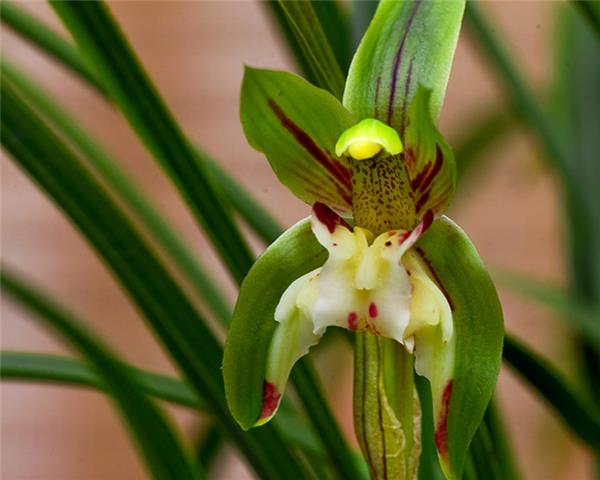
4. Pruning:
Continuous pruning should be carried out in orchid culture. When the old leaves are withered and yellow, they should be cut off in time to facilitate ventilation, and the withered tips of some leaves should also be cut off. In particular, the leaves damaged by diseases and insect pests need to be removed in time to avoid infection. When cutting off leaves with virus disease, do not use scissors to cut disease-free leaves to prevent the virus from spreading. If the same pair of scissors is used, it needs to be disinfected.
After the flower buds of precious orchids are unearthed, if there are too many flower buds, strong buds should be left, and the rest of the thin flower buds should be removed, leaving 1-2 flower buds in each pot. If there are too many flower buds, it will not only make the flowers bloom badly, but also consume too much nutrients of the maternal parent to affect the flowering next year. In general, orchids do not cut off flower buds.
The flowers of Chunlan, which bloom for about half a month, need to be cut off, and the flowers of Chardonnay should also be cut off when the last flower on the inflorescence blossoms for a week. Valuable varieties should not be pollinated, otherwise they will blossom the following year. If it is used as a cross breeding, it needs additional culture to make its fruit full and ripe.
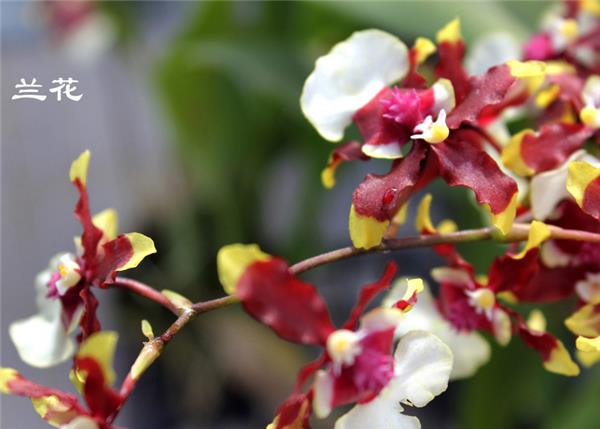
5. Disease and insect protection:
Orchids are easy to produce shell insects and can be sprayed with dichlorvos EC 1000. When whitefly is damaged, it should be sprayed with 2000 times solution of deltamethrin. Langen has a sweet taste and is easy to attract ants, which can be killed by meat bones. Orchids are prone to anthracnose and black spot. After the occurrence of the disease, the burning of the diseased leaves should be removed in time, and the distance between the pot plants should be opened to improve the ventilation and light transmission conditions. Reduce water spraying and control humidity. And combined with carbendazim for control. Sterilization treatment (exposure in the hot sun) should be carried out to prevent the occurrence of diseases.
Orchids are most prone to white silk disease in rainy and high temperature seasons, which can be prevented by spraying 800 times of topzine or Bordeaux solution. If the disease is serious, topiramate can be released 500-750 times and sprayed every 7-10 days. The most common insect pests are scale insects, which are attached to the base of leaves. If shell insects are found, they should be removed in time. If you want to avoid the invasion of shell insects, you can use "1059" 2000 times solution to prevent and cure it from April.
In order to restrain the occurrence of orchid diseases, we should not only properly control the drying and humidity of the potted soil, but also use more mud pots and less glazed pots in the selection of flowerpots. Especially for orchids newly dug from the mountains with poor growth, they must be planted in mud pots. This makes the basin soil easy to dry, which can promote the growth of orchids and reduce the incidence of disease.
Related
- Wuhan Hospital Iron Tree Blooming Result Was Instantly Frightened by the Gardener Master
- Which variety of camellia is the most fragrant and best? Which one do you like best?
- What is the small blue coat, the breeding methods and matters needing attention of the succulent plant
- Dormancy time and maintenance management of succulent plants during dormancy
- Minas succulent how to raise, Minas succulent plant pictures
- What are the varieties of winter succulent plants
- How to raise succulent plants in twelve rolls? let's take a look at some experience of breeding twelve rolls.
- Attention should be paid to water control for succulent plants during dormant period (winter and summer)
- Watering experience of twelve rolls of succulent plants
- Techniques for fertilizing succulent plants. An article will let you know how to fertilize succulent plants.



